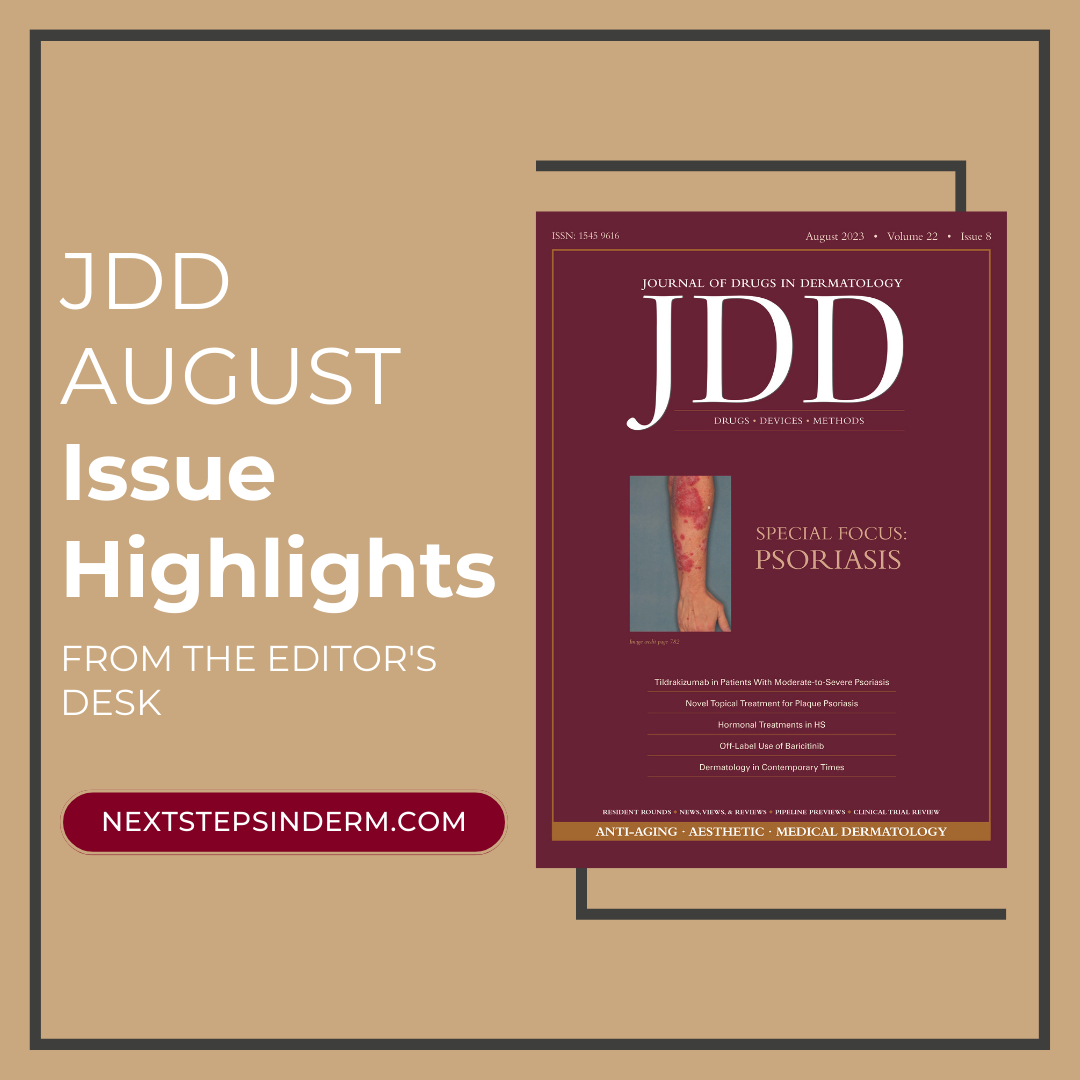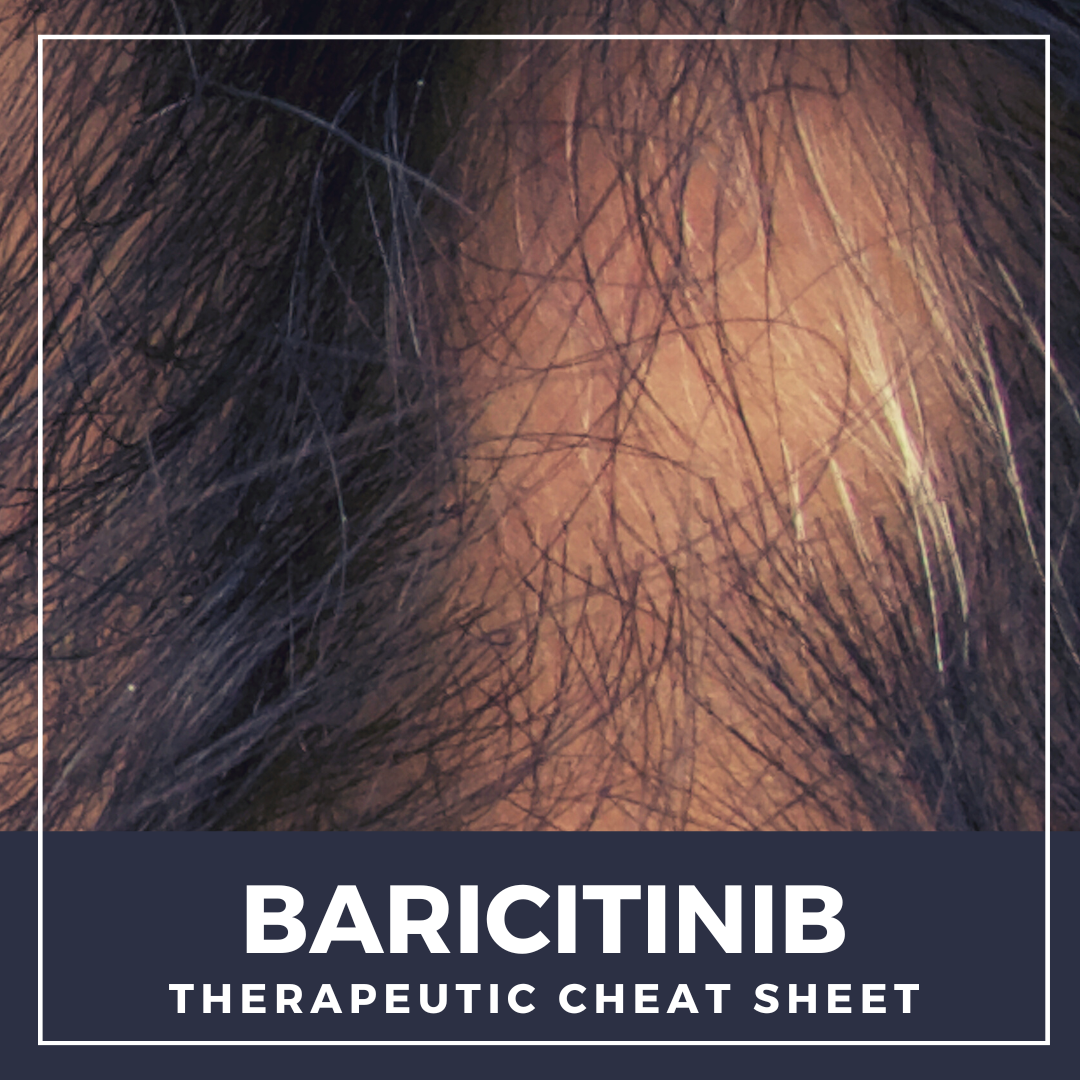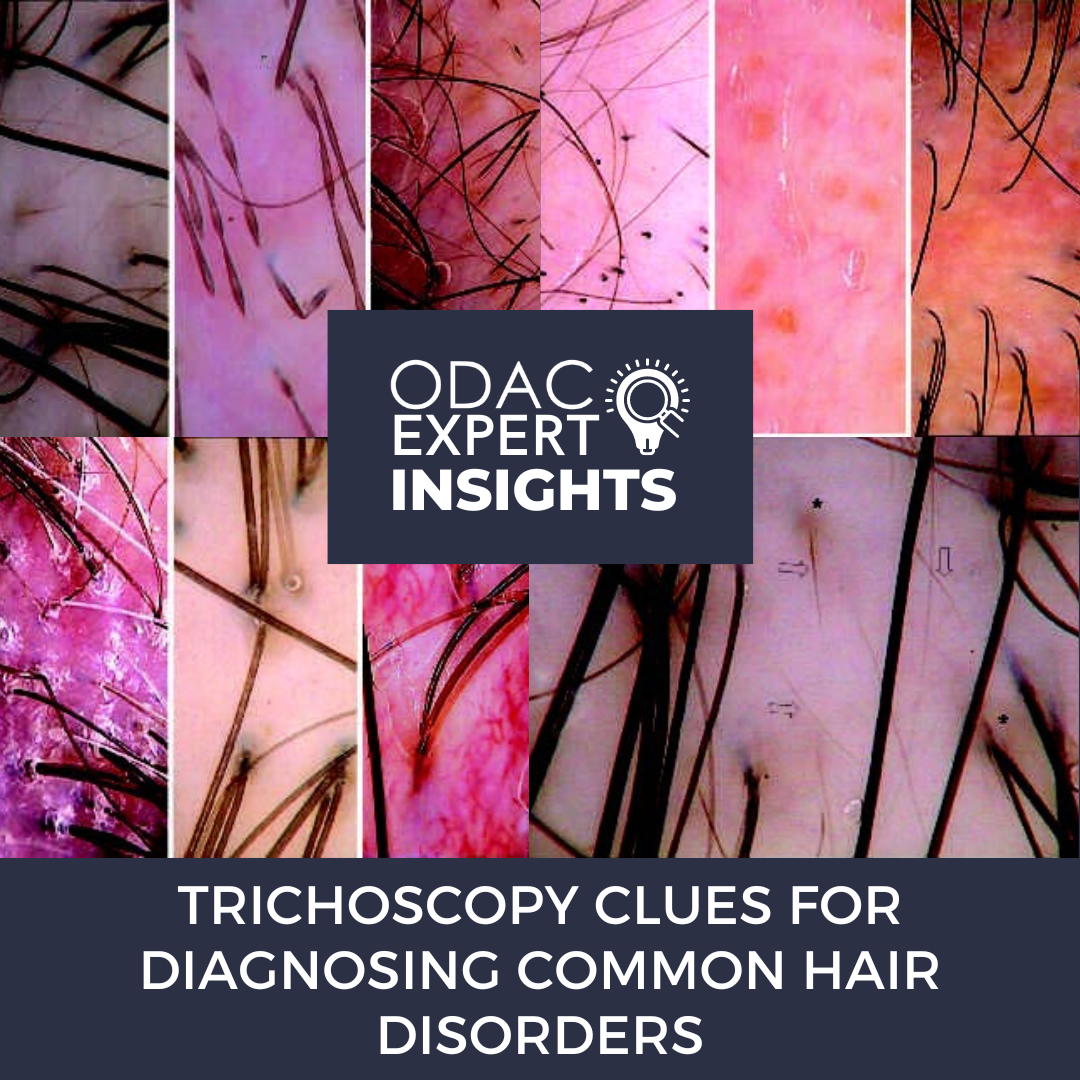JDD September 2023 Issue Highlights | Special Focus: Aesthetic Treatments
 With a special focus on aesthetic treatments, check out highlights from the September issue of the Journal of Drugs in Dermatology (JDD) straight from the Editor’s desk:
A Randomized Control Trial Comparing the Efficacy of Platelet-Rich Plasma and 5% Topical Minoxidil for the Treatment of Androgenetic Alopecia suggests that PRP therapy demonstrates a higher efficacy compared to minoxidil for t …
With a special focus on aesthetic treatments, check out highlights from the September issue of the Journal of Drugs in Dermatology (JDD) straight from the Editor’s desk:
A Randomized Control Trial Comparing the Efficacy of Platelet-Rich Plasma and 5% Topical Minoxidil for the Treatment of Androgenetic Alopecia suggests that PRP therapy demonstrates a higher efficacy compared to minoxidil for t …
 With a special focus on aesthetic treatments, check out highlights from the September issue of the Journal of Drugs in Dermatology (JDD) straight from the Editor’s desk:
A Randomized Control Trial Comparing the Efficacy of Platelet-Rich Plasma and 5% Topical Minoxidil for the Treatment of Androgenetic Alopecia suggests that PRP therapy demonstrates a higher efficacy compared to minoxidil for t …
With a special focus on aesthetic treatments, check out highlights from the September issue of the Journal of Drugs in Dermatology (JDD) straight from the Editor’s desk:
A Randomized Control Trial Comparing the Efficacy of Platelet-Rich Plasma and 5% Topical Minoxidil for the Treatment of Androgenetic Alopecia suggests that PRP therapy demonstrates a higher efficacy compared to minoxidil for t … Continue reading "JDD September 2023 Issue Highlights | Special Focus: Aesthetic Treatments"


 With a special focus on the topic of psoriasis, check out highlights from the August issue of the Journal of Drugs in Dermatology (JDD) straight from the JDD Editor’s desk:
Consensus Statements on the Use of Corticosteroid-Containing Topical Medications in Psoriasis delves into the expert guidance provided by the Psoriasis Expert Group (PEG), encompassing nine crucial statements that offer com …
With a special focus on the topic of psoriasis, check out highlights from the August issue of the Journal of Drugs in Dermatology (JDD) straight from the JDD Editor’s desk:
Consensus Statements on the Use of Corticosteroid-Containing Topical Medications in Psoriasis delves into the expert guidance provided by the Psoriasis Expert Group (PEG), encompassing nine crucial statements that offer com …  Baricitinib (Olumiant®) is a once daily oral medication recently FDA approved for severe alopecia areata, which is defined as having a Severity of Alopecia Tool (SALT) score of 50 or higher.1 JAK inhibitors are a relatively new class of drug demonstrating efficacy and safety in a range of inflammatory skin disorders. Emerging studies have highlighted baricitinib’s effectiveness for conditions l …
Baricitinib (Olumiant®) is a once daily oral medication recently FDA approved for severe alopecia areata, which is defined as having a Severity of Alopecia Tool (SALT) score of 50 or higher.1 JAK inhibitors are a relatively new class of drug demonstrating efficacy and safety in a range of inflammatory skin disorders. Emerging studies have highlighted baricitinib’s effectiveness for conditions l …  Trichoscopy is a handy dermoscopic tool that can be used at the bedside to diagnose multiple hair diseases. However, these hair diseases may be challenging to diagnose by the untrained eye. Fortunately, we had the opportunity to train these skills at ODAC 2023 with hair expert and dermatologist Dr. Amy McMichael, Professor of Dermatology at Wake Forest University. We will review the essentials of …
Trichoscopy is a handy dermoscopic tool that can be used at the bedside to diagnose multiple hair diseases. However, these hair diseases may be challenging to diagnose by the untrained eye. Fortunately, we had the opportunity to train these skills at ODAC 2023 with hair expert and dermatologist Dr. Amy McMichael, Professor of Dermatology at Wake Forest University. We will review the essentials of …  The June issue of the Journal of Drugs in Dermatology (JDD) features original articles with topics ranging from pediatric acne, rosacea, androgenetic alopecia, precision medicine, infantile hemangiomas, and many more. Check out this month’s issue highlights straight from the JDD Editor’s desk:
The Many Faces of Pediatric Acne: A Practical Algorithm for Treatment, Maintenance Therapy, and …
The June issue of the Journal of Drugs in Dermatology (JDD) features original articles with topics ranging from pediatric acne, rosacea, androgenetic alopecia, precision medicine, infantile hemangiomas, and many more. Check out this month’s issue highlights straight from the JDD Editor’s desk:
The Many Faces of Pediatric Acne: A Practical Algorithm for Treatment, Maintenance Therapy, and …